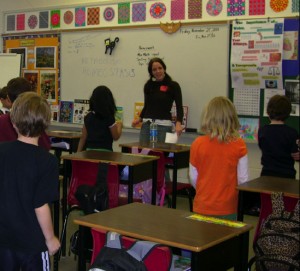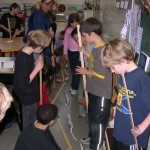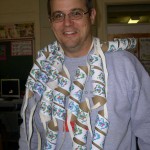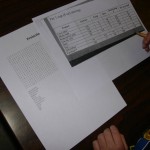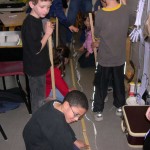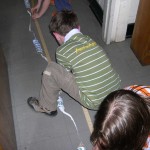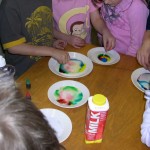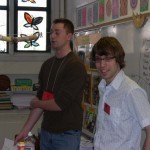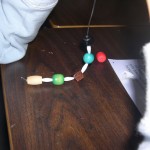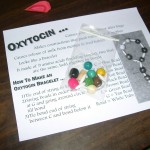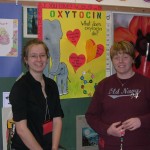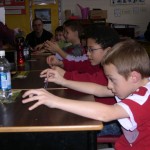Angiotensin
October 10, 2011 in Peptide
The Molecules of Life Project feels its blood pressure rise with Angiotensin
Wednesday the 15th November in Mrs Grant’s second grade class at Oxford Elementary School, Amy Trottier (BSc DAL) was asked to pump up the peptide jam solo. Providing a solid background on the circulatory system and that most important muscle the heart, Amy described how blood provides oxygen to the body and how blood pressure increases when the need for more oxygen occurs. The students learned how to measure the pulse of their carotid artery and observed that their heart rate increased after running in place relative to sitting. Studying balloons after different states of inflation, we discussed elasticity and the importance of maintaining the elasticity of the tubes (the veins and arteries) which carry the blood, by eating healthy food and exercising. The molecule of life, “Angiotensin” the regulator of blood pressure was mentioned in the process as each student enjoyed coloring pictures of the human heart and circulatory system, and using a stethoscope to listen to the sound of their own heart. With eight more peptides to go, MLP thanked team Angiotensin for sharing lots of MLP heart at Oxford.
Amy Trottier (BSc DAL) shows off the wonders of the circulatory system.
Having fun coloring hearts, veins and arteries.
I can hear it beating!


